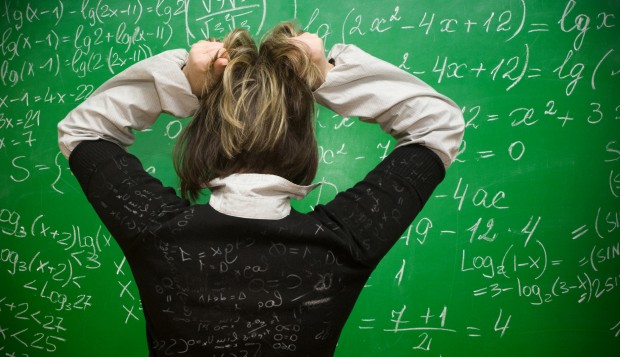
Thinkstock
When parents and teachers consider how children learn, it’s usually the intellectual aspects of the activity they have in mind. Sidney D’Mello would like to change that. The University of Notre Dame psychologist has been studying the role of feelings in learning for close to a decade, and he has concluded that complex learning is almost inevitably “an emotionally charged experience,” as he wrote in a paper published in the journal Learning and Instruction earlier this year.
During the learning experiments described in his paper, he notes, the participating students reported being in a neutral state only about a quarter of the time. The rest of the time, they were were experiencing lots of feelings: surprise, delight, engagement, confusion, boredom, frustration.
Another counter-intuitive contention made by D’Mello is that even negative emotions can play a productive role in learning. In this latest study, he and his coauthor Art Graesser examined the effects of confusion. They asked their subjects to interact with a computer program featuring
animated agents discussing scientific case studies. The characters sometimes disagreed with each other, and sometimes conveyed information that was contradictory or just wrong. The students were then required to decide which agent’s opinion was correct. Subjects who reported feeling confused by the exercise actually scored higher on a test following the computer interaction, and when presented with new case studies, they were better able to spot the studies’ logical flaws.
Confusion, D’Mello explains, is a state of “cognitive disequilbrium”; we are mentally thrown off balance when we encounter information that doesn’t make sense. This uneasy feeling motivates us to restore our equilibrium through thought, reflection, and problem solving, and deeper learning is the result. According to D’Mello, engaged learners repeatedly experience “two-step episodes alternating between confusion and insight.” Back and forth, between perplexity and understanding: this is how the learning of complex material happens.

